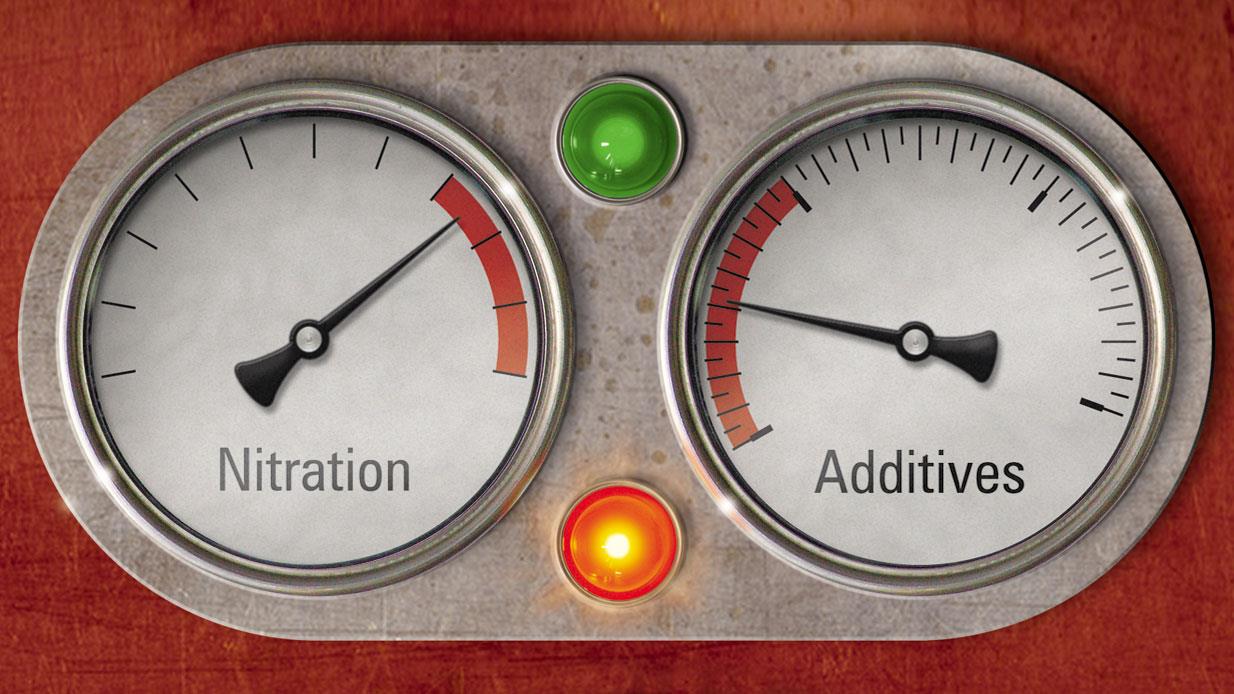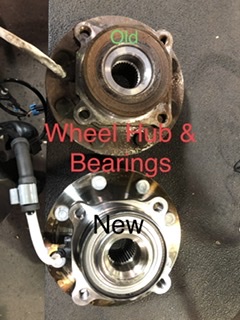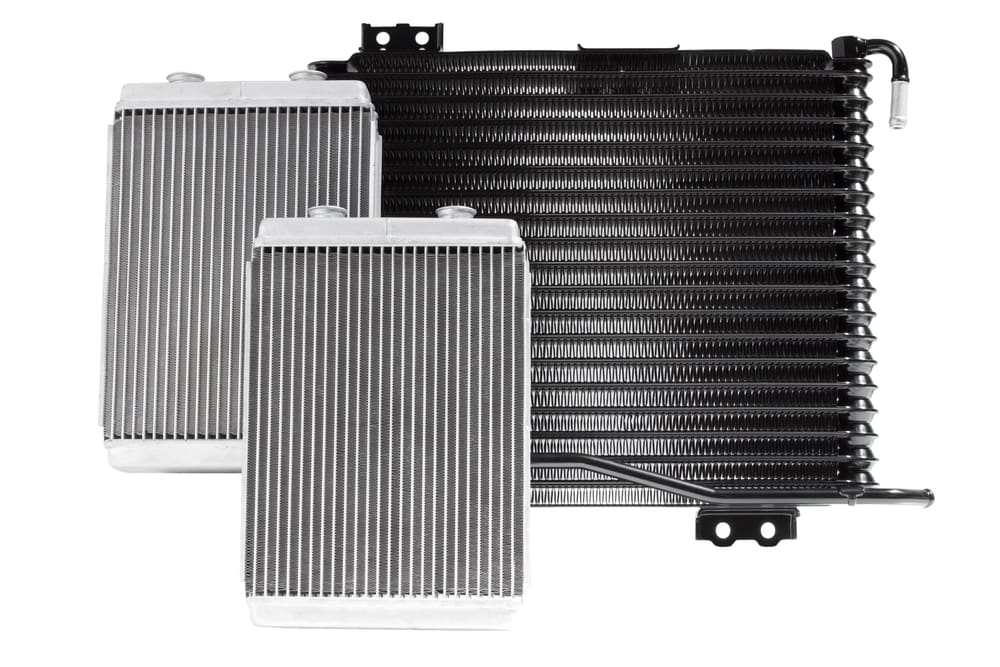Can I Replace Abs Module Myself
Yes, you can replace an ABS module yourself if you possess the necessary mechanical skills and tools. It requires careful adherence to vehicle-specific procedures.
Replacing an ABS (Anti-lock Braking System) module is not a common “DIY” task, but it is possible for those with advanced automotive repair knowledge. It involves dealing with critical brake system components, and safety is paramount. You will need to ensure you have the correct replacement part for your vehicle model and that you are able to bleed the brakes properly after installation.
Since the ABS is an essential safety feature, ensuring that the system operates correctly after the repair is crucial. A vehicle repair manual and the right diagnostic tools are valuable resources when taking on this type of project. Be sure to adhere to all safety guidelines when working on your vehicle’s ABS system.
Diagnostics Before Replacement
Identifying issues with your vehicle’s ABS (Anti-lock Braking System) module is critical before considering replacement. This complex unit plays a vital role in your car’s safety. Implementing some straightforward diagnostics can pinpoint the issue. Ensuring accuracy in this phase is key to avoid unnecessary replacements and costs.
Symptoms Of A Failing Abs Module
Various signs might suggest that your ABS module is not in its prime shape. Recognizing these symptoms early can save both time and money.
- Brake Light: Illumination on your dashboard is a common tell.
- Unresponsive Brakes: If brakes don’t respond, the module might be failing.
- Locking Brakes: ABS prevents brake locking, so locking might indicate a problem.
- Unusual Noises: Strange sounds during braking could signal ABS issues.
How To Verify Abs Module Malfunction
To confirm a faulty ABS module, follow these simple steps:
- Use a Diagnostic Scanner: Connect a scanner and look for error codes.
- Visual Inspection: Check the module for signs of damage or corrosion.
- Check Connections: Ensure all electrical connections are secure.
- Test Drive: Monitor ABS performance under different conditions.
Accurate diagnosis guides a correct approach to module replacement. Consult your vehicle’s manual or a professional if required. Remember, safety always comes first, and precise diagnostics lead to safe resolutions.

Credit: www.reddit.com
Tools And Materials Needed
Embarking on a DIY ABS module replacement? Equip yourself with the right tools and materials before diving in.
Having a complete set of tools and understanding how to select the proper ABS module for your vehicle is crucial. This will ensure a smooth and efficient replacement process.
List Of Essential Tools
The correct tools will enable a successful ABS module swap. Here’s what you’ll need:
- Socket set: To remove and attach bolts with ease.
- Screwdrivers: Various sizes for different screws during the process.
- Torque wrench: To ensure all fittings are tightened to vehicle specifications.
- Line wrenches: Specifically for brake line fittings, preventing rounding off.
- Needle-nose pliers: For small clips and electric connectors.
- Wire brush: To clean any corrosion around connectors.
- Diagnostic scan tool: To check for error codes before and after installation.
Ensure the workspace is well lit and safe to avoid any injury or damage.
Finding The Right Abs Module
Selecting the exact match for your vehicle is essential. Follow these steps:
- Check your vehicle’s manual for the ABS module’s specific type and part number.
- Match the OEM part number with the available options.
- Consider choosing a reputable brand known for reliability.
- Seek out the part with a warranty for added security.
Confirm compatibility to avoid any malfunction or damage post-installation.
Safety Precautions
Replacing an Anti-lock Braking System (ABS) module may seem daunting. But with the right safety precautions, even a DIY mechanic can undertake this task. Before diving into the process, it’s critical to understand the safety measures needed to prevent any accidents or damages to your vehicle.
Disconnecting The Battery
Electrical safety is paramount when working on your vehicle. Begin by disconnecting the battery. This prevents electrical shocks and protects the vehicle’s electrical system.
- Locate the car’s battery.
- Use the correct size wrench to loosen the negative cable clamp.
- Detach the negative cable from the battery terminal.
- Ensure the cable end does not touch any part of the car.
Handling Brake Fluid
Brake fluid is toxic and corrosive. Adequate precautions are necessary to handle it safely. Protect your skin and eyes, and work in a well-ventilated area.
- Wear safety goggles and gloves.
- Avoid spilling brake fluid on painted surfaces.
- Clean any spills immediately with water.
- Dispose of old brake fluid according to local regulations.

Credit: www.ebay.com
Step-by-step Replacement Procedure
Embarking on the journey of replacing your ABS module carries its challenges. Correct installation is crucial for vehicle safety. This guide provides a simplified step-by-step replacement procedure. With the right tools and confidence, you can tackle it!
Removing The Old Abs Module
Preparation and accuracy are vital for successful removal. Start with these steps:
- Disconnect the car battery to ensure safety.
- Locate the ABS module by referring to the manual.
- Loosen and remove the bolts securing the module.
- Detach electrical connections carefully.
- Remove the module from its bracket.
Note: Keep all bolts and parts organized for easy reinstallation.
Installing The New Abs Module
With precision, proceed to install the new module:
- Position the new ABS module into the bracket.
- Tighten all bolts to secure the module.
- Reconnect electrical wiring with attention.
- Double-check all connections for accuracy.
- Reconnect the car battery.
After installation, perform a system check to ensure functionality.
Post-installation Checks
After replacing the ABS module on your vehicle, it’s vital to make sure everything works properly. Post-Installation checks ensure safety and performance. Here’s what you need to do next.
Bleeding The Brake System
Bleeding the brake system removes air traps. This step is crucial for brake responsiveness. Perform bleeding with these steps:
- Locate the bleed valves on each brake caliper.
- Attach a clear tube to the valve, leading into a container.
- Ask someone to press the brake pedal as you open the valve.
- Close the valve once fluid flows without bubbles.
- Repeat for each wheel, following your vehicle’s specific order.
Ensure no leaks at valve points. Check brake fluid levels afterwards. Top off if necessary.
Testing The Abs Functionality
After bleeding the brakes, test the ABS functionality. Follow these procedures:
- Start the engine and ensure the ABS light turns off.
- Drive in a safe area, preferably a parking lot.
- Brake firmly at low speeds to activate the ABS. You should feel pulsing.
If the ABS light stays on or you don’t feel the pulsing, troubleshoot further. Consult the vehicle manual or a professional if necessary.
Remember that your safety is paramount. Carefully performing these checks will give you peace of mind. If unsure, seek professional assistance to avoid risks.

Credit: www.ebay.com
Common Challenges And Troubleshooting
Encountering obstacles while working on your car is common. This is true when replacing an ABS module. You might face a couple of challenges that require patience and troubleshooting skills. Let’s delve into some of the most frequent issues and how to tackle them.
Dealing With Corroded Components
Corrosion is a major enemy of vehicle components, especially in the ABS system. To handle this, follow these steps:
- Inspect the ABS module for any signs of rust or corrosion.
- Use a wire brush or sandpaper to remove surface rust.
- Apply a rust penetrant and allow it to sit to loosen stubborn corrosion.
- If corrosion is severe, replacement may be necessary.
Solving Error Codes After Installation
Even after installing a new ABS module, you might encounter error codes. Here’s how to address them:
- Ensure all electrical connections are secure and free from corrosion.
- Use an OBDII scanner to read and clear any trouble codes.
- If codes persist, check the installation manual for specific troubleshooting steps.
Remember: The goal is to restore your vehicle’s safety features. If challenges persist, consulting a professional may be the wisest move.
Professional Assistance Vs. Diy
Deciding between professional assistance and DIY for replacing an ABS module is crucial. It can save time or money. Yet, safety and correct functioning are vital. Understand when to seek expert help and assess the cost-benefit analysis before starting.
When To Seek Expert Help
Knowing when to call a professional is key.
- Lack of experience with car electronics means it’s expert time.
- Having the wrong tools can lead to frustration.
- If the car’s warranty is at stake, choose an expert and keep it intact.
- Diagnostic tools are often necessary to pinpoint issues. Experts have these.
- Understanding complex ABS systems can be tricky.
Cost-benefit Analysis
| DIY Savings | Expertise Costs | Long-term Value |
|---|---|---|
| Avoid labor costs | Higher upfront payment | Professional work lasts longer |
| Learn as you go | Price includes advanced tools | Risks minimized |
| Do it on your schedule | Added cost for diagnostics | Keeps warranty safe |
Perform a cost-benefit analysis. Consider the DIY savings against the costs of an expert’s precision. DIY offers learning and flexibility, but professional service adds value. A warranty stays safe, and risks reduce. Choose wisely for long-term benefits.
Frequently Asked Questions Of Can I Replace Abs Module Myself
Can I Replace An Abs Module At Home?
Replacing an ABS module is possible at home for someone with advanced auto repair skills. It requires understanding of the car’s braking system, careful removal of the old module, and correct installation of the new one. Patience and proper tools are necessary.
Is Special Equipment Needed To Install Abs Module?
Special equipment, such as a high-quality OBD-II scanner, may be needed to bleed the brakes and reset the system after installation. Torque wrenches and vehicle-specific manuals can also help ensure a correct installation process.
What Are Common Mistakes When Replacing Abs Modules?
Common mistakes when replacing an ABS module include improper installation, failure to bleed the brakes correctly, and neglecting to clear fault codes from the car’s computer. These errors can lead to braking issues or warning lights on the dashboard.
How Long Does Abs Module Replacement Take?
ABS module replacement time can vary, often taking between 1 to 2 hours. This depends on skill level and experience. Rushing the installation may lead to errors, so it’s important to allocate sufficient time for the task.
Conclusion
Replacing your ABS module can be a daunting task. Opt for the challenge only if you’re skilled with car repairs and have researched thoroughly. Otherwise, the sensible choice is seeking a professional mechanic. This ensures your safety and the vehicle’s proper functioning.
Trust expertise for such critical components.





